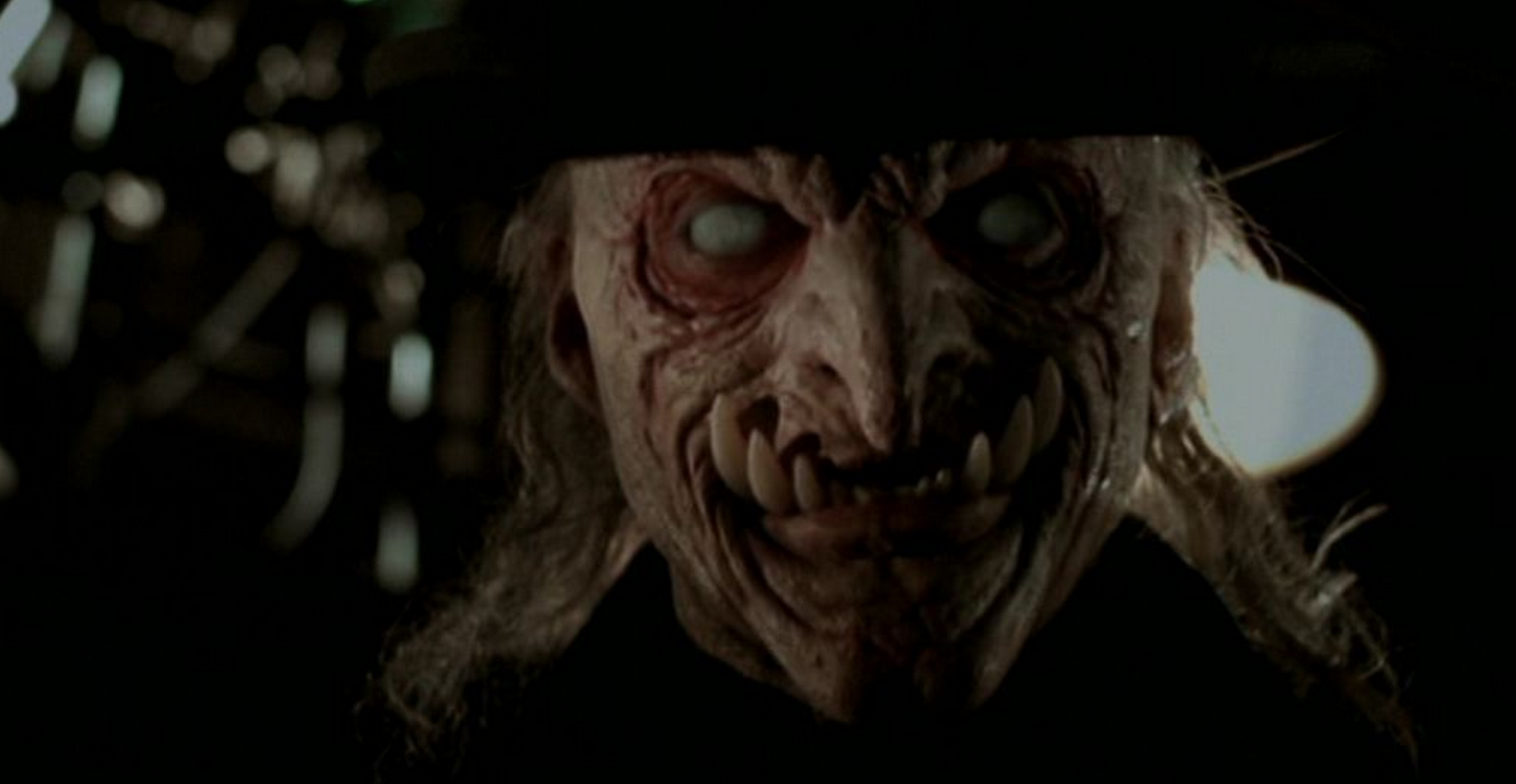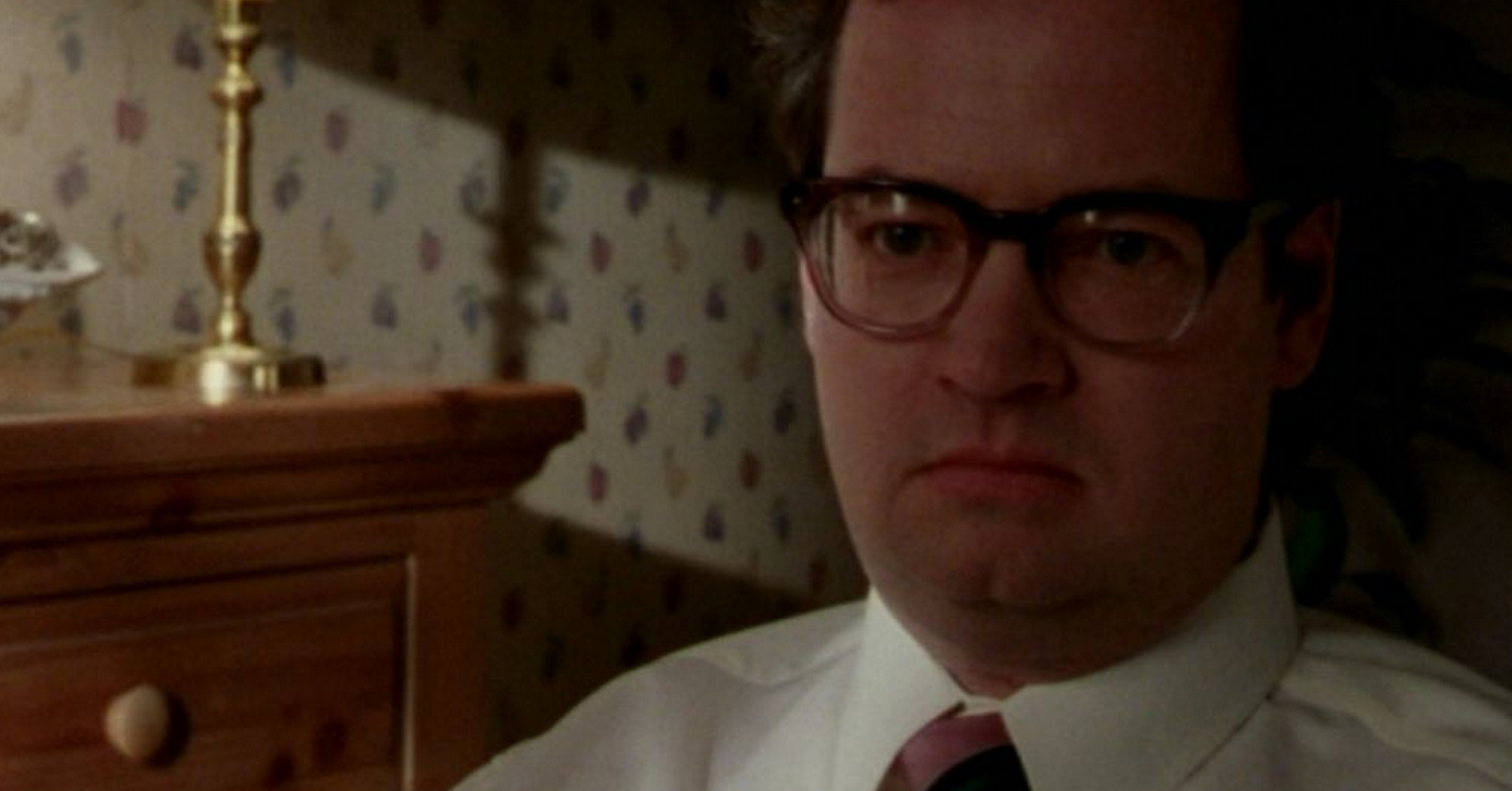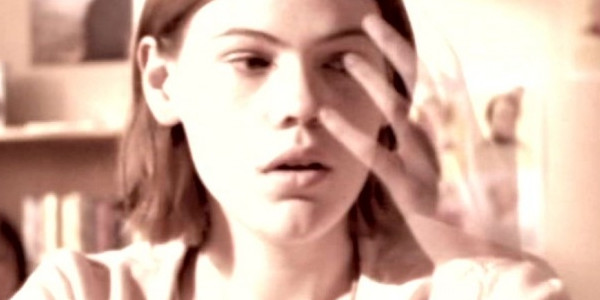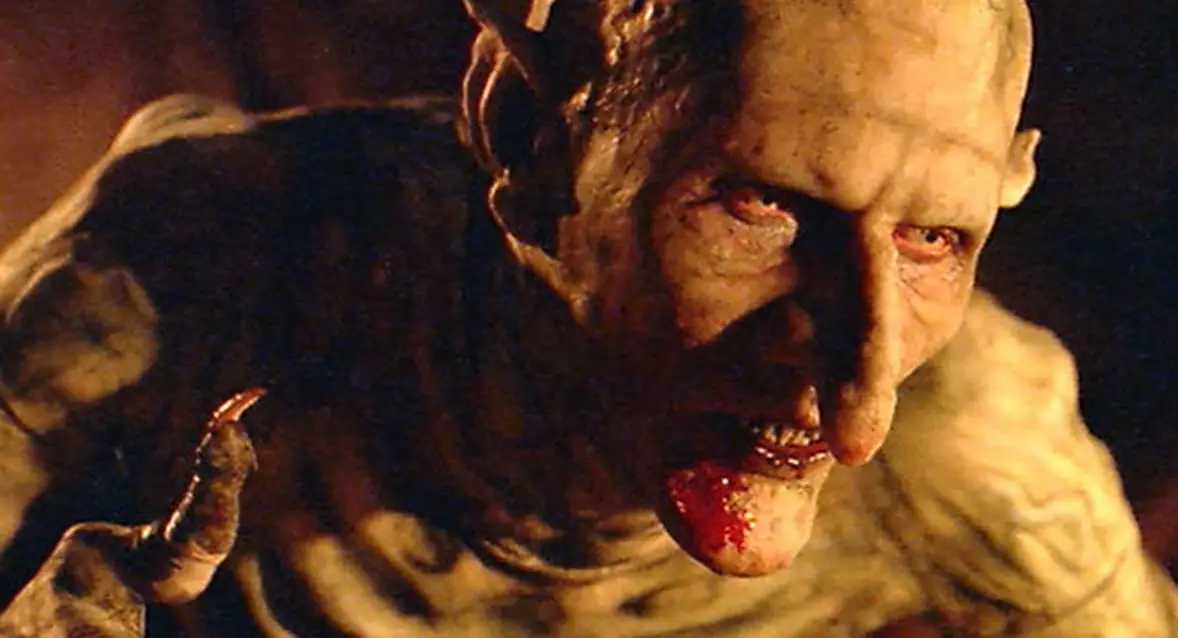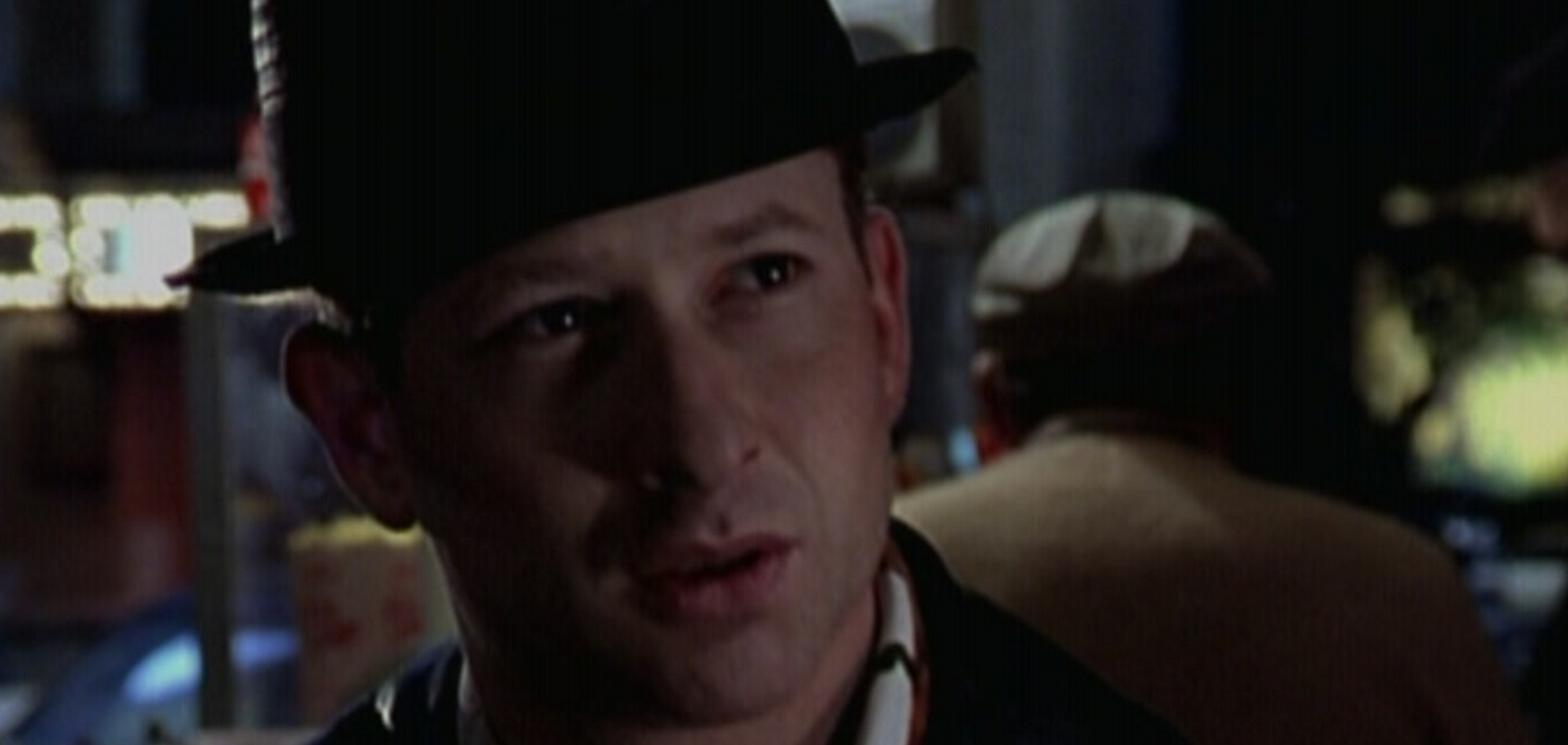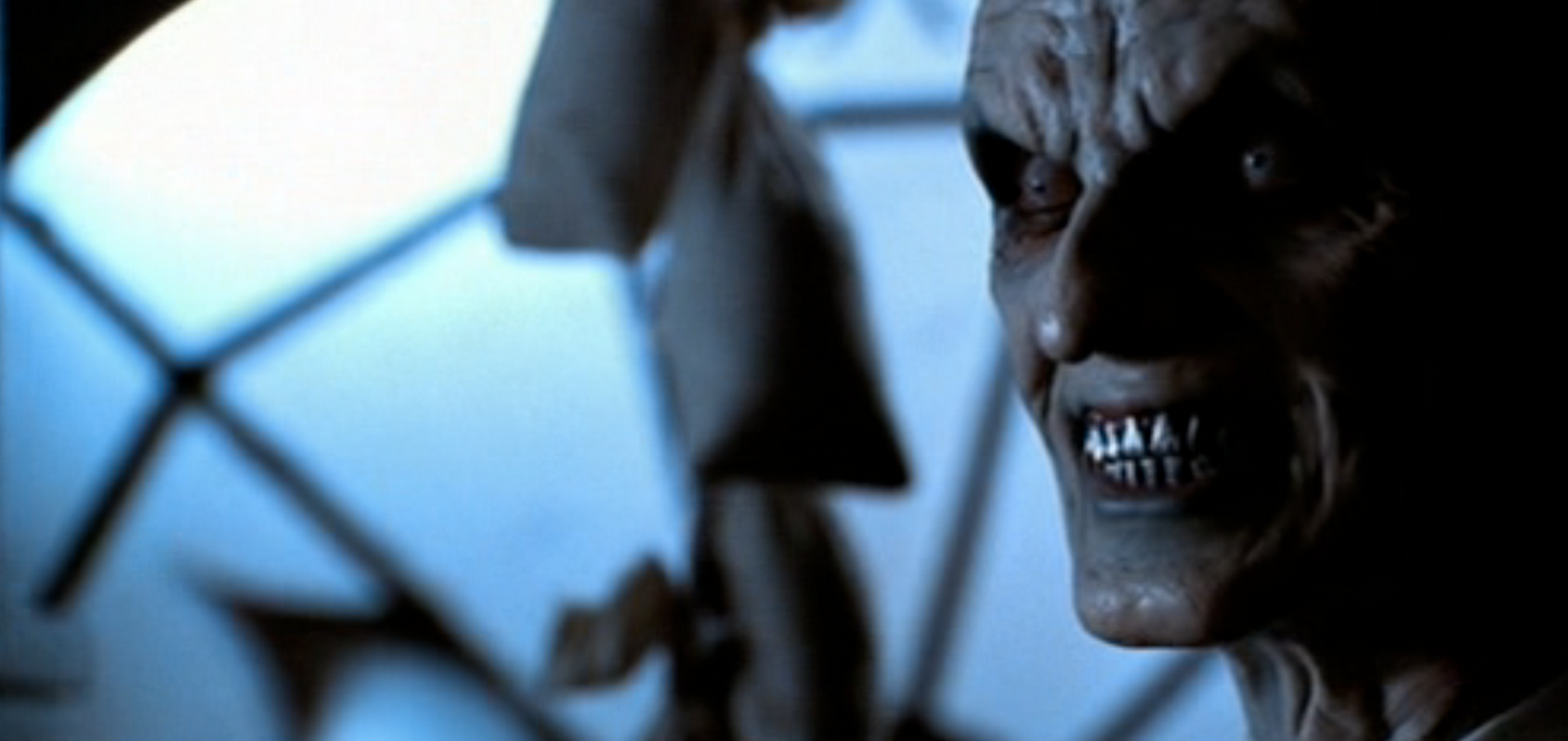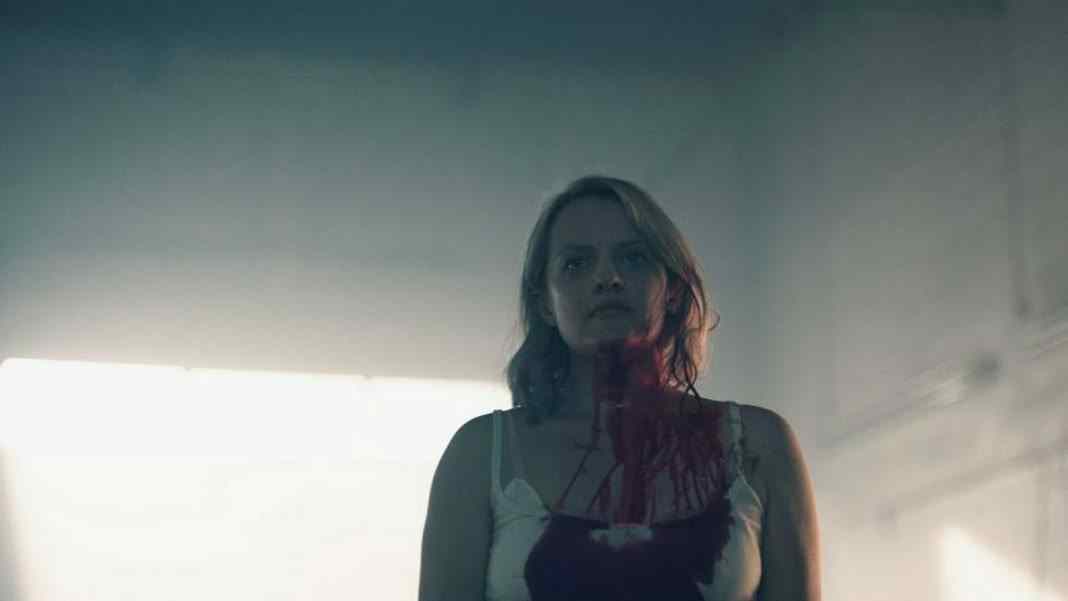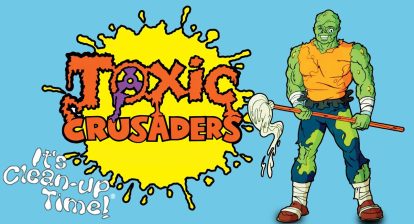During its 144 episode run, Buffy the Vampire Slayer saw a lot of creatures come and go. Some were vampires, some were demons. They were all very much their own well-defined characters. While Buffy more or less abandoned its monster of the week format in the latter seasons, every once in a while a new monster crept in that would give Buffy and the gang a run for their money. Like all great monsters in fiction, most of these would represent something larger—often embodying themes that Buffy and her friends were going through at that point. At the same time, they were visually striking creatures, mostly due to the makeup designs of Todd McIntosh, John Vulich and co. The actors that Whedon and the producers cast for these roles also made a big difference in making a one-shot character memorable. Below are ten Buffy monsters that should have come back.
Der Kinderstod in “Killed by Death”
One of the first truly scary monsters to appear on the show, Der Kinderstod’s name in English translates to “the child’s death.” This is a being from an old children’s story that looks like the literal embodiment of a kid’s nightmare. It wears a dark coat and fedora, with large white eyes, huge teeth and long, spindly claws. Its appearance as well as the way it moves harkens back to both Freddy Krueger and Count Orlock of Nosferatu. Interestingly enough, the appearance of and story behind the demon both sound very much like the new horror film The Babadook. This is a coincidence, to be sure but it was what first came to mind upon viewing the trailer. Hopefully it only means that the movie taps into childhood fears as well as this monster, which was one of the most overtly frightening to ever appear on the show. It’s just too bad that Der Kinderstod didn’t get to come back for another showdown.
Kakistos from “Faith, Hope and Trick”Kakistos is a vampire so old that his hands and feet are cloven.Vampires on Buffy begin to reflect more of the demon inside of them as they age. So what does a vampire older than Kakistos look like and what would Kakistos have looked like if he had been given a chance to age further? It would have been interesting to see this idea develop more throughout the show. Kakistos also has a history with the vampire slayer Faith. As Faith became more of a prominent character on the show, it would have been nice to see her original nemesis—as well as the source of some of her trauma—develop as a stronger villain as well.
 Norman Pfister “What’s My Line”
Norman Pfister “What’s My Line”
This was a two-part episode, but it still counts as a one-shot villain. Norman Pfister was a part of the Order of Taraka, a group of assassins hired by Spike to take out Buffy. He was the most original and chilling of the entire team. Pfister is a door-to-door cosmetics salesman who is actually made up of thousands of worms and can assemble and disassemble himself at will. The scariest thing about this assassin is his hollow politeness, like any other door-to-door salesman, and the fact that he is almost normal until the bugs start pouring out.
“The Freshman,” written and directed by Joss Whedon, was the first episode of season four. It introduced an antagonist who was so lively, charismatic and all-around entertaining that it seemed almost obvious that she would become the main villain of the season. Sunday is a vampire antithesis to Buffy. She is witty, powerful and doesn’t take orders from anyone but herself. She’s one of the only regular vampires to completely kick Buffy’s ass the first time they met. Still, Buffy gets the best of her in the second round, which is a bit of a shame because this character could easily have made a few repeat appearances.
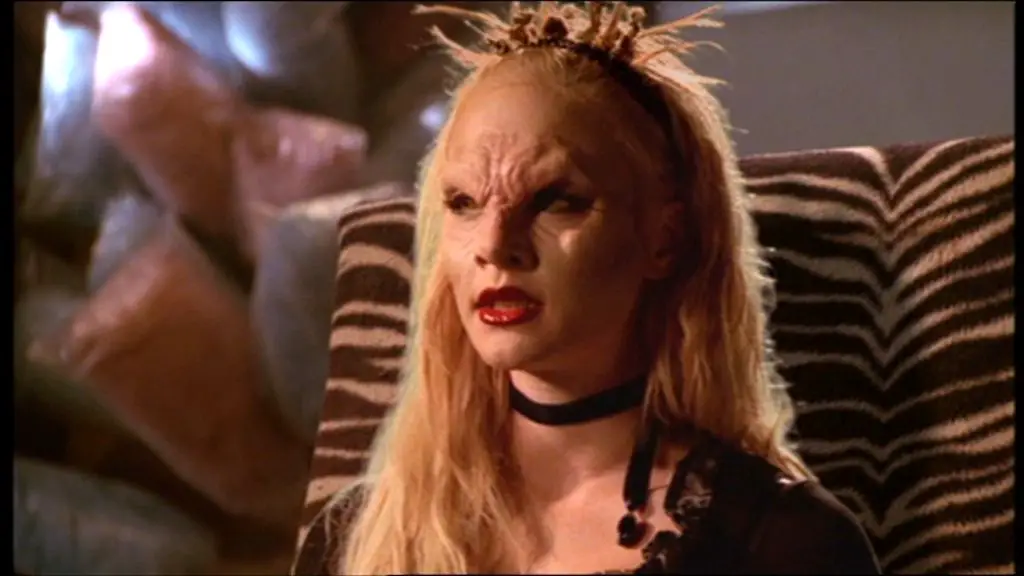 Marcie Ross from “Out of Sight, Out of Mind”
Marcie Ross from “Out of Sight, Out of Mind”
Marcie was one of the standout antagonists of the first season. She was a girl who was so unnoticed by her peers that she eventually became truly invisible. Her revenge is focused on Cordelia, but Buffy eventually stops her. The end of the episode really made us want more of Marcie, because it showed her being taken to a facility full of other invisible people who were all being trained as assassins. It seemed like an obvious build up, but nothing ever came of it. Whedon and the writing staff got letters asking when Marcie would return all the way up until the series finale.
John Ritter’s one episode guest stint on Buffy was immensely entertaining. He played Joyce Summers’ new boyfriend, Ted, who Buffy naturally despised. She couldn’t stand to think of her mother dating. Ted doesn’t like Buffy much either. Naturally, it’s a little more complicated than the normal routine of a daughter hating her mother’s boyfriend, as Ted is a psychotic killer and a robot. Ritter brings the perfect 1950’s TV dad persona to the role. Ted is very set in his old-fashioned ways and will not let anyone, especially Buffy, step out of line. The episode also reveals that there are other Teds out there and that this was just one from a presumably very large assembly line. It would have been great to see Buffy go up against an army of overly nice, cookie baking Terminators. But it never came to be and unfortunately Ritter died around the time that the series came to an end.
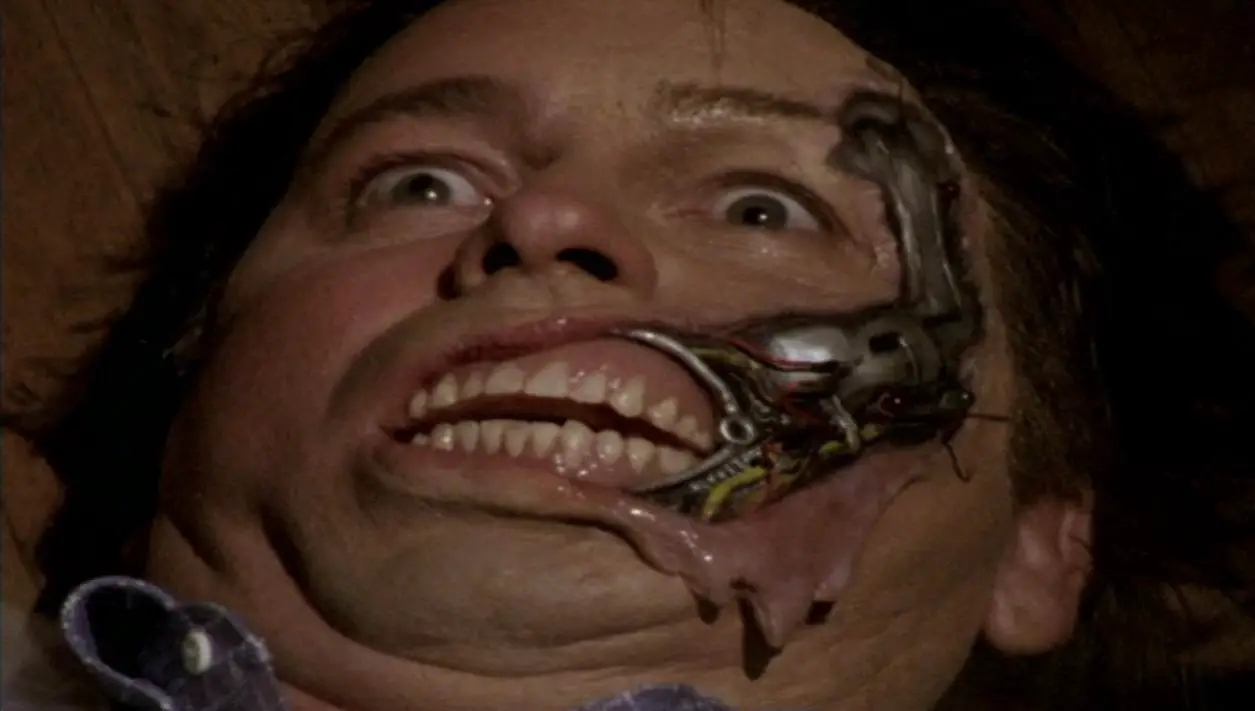 Dracula from “Buffy vs. Dracula”
Dracula from “Buffy vs. Dracula”
While he has made some great return appearances in the comics, Dracula never made an encore while the show was on the air. It’s a little surprising. He is, after all, the big man himself. He’s the most infamous of all vampires and there could have been a great opportunity to use him more on the show. Still, he served his purpose in setting Buffy on the path to discover her true nature at the dawn of the show’s fifth season. It still would have been great to see things like his Renfield-ish relationship with Xander and his backstory with Spike further explored onscreen.
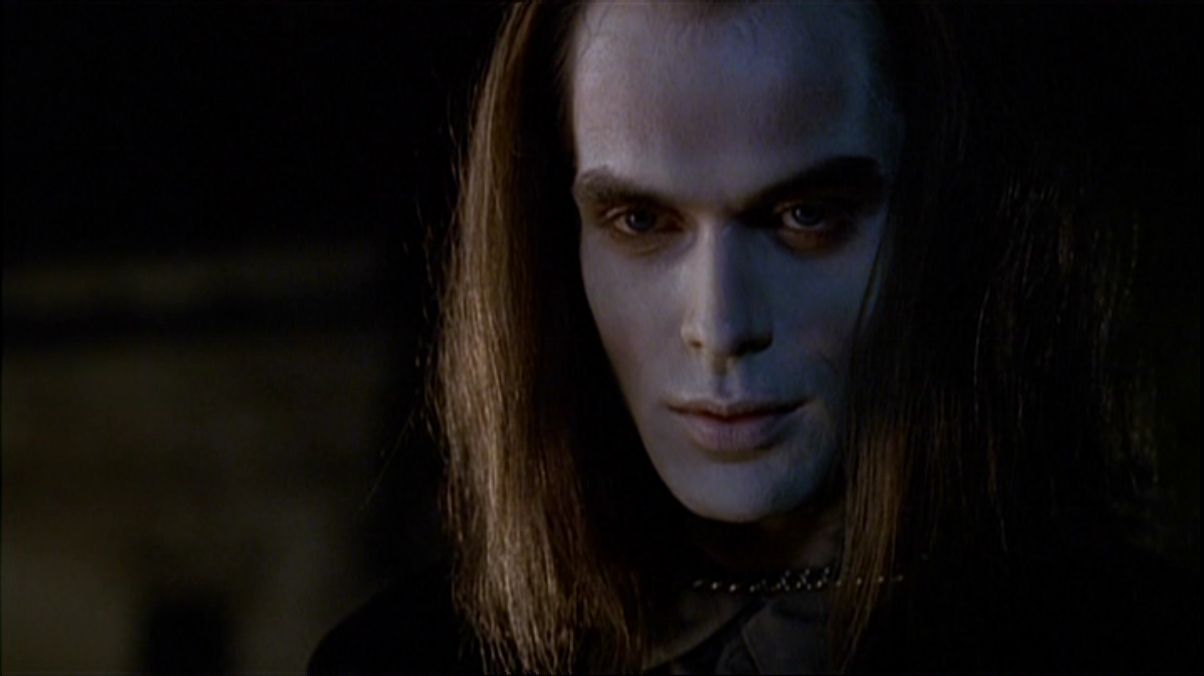 Gnarl from “Same Time, Same Place”
Gnarl from “Same Time, Same Place”
By itself, “Same Time, Same Place” is not one of the show’s most memorable episodes. It did a decent job of reintroducing Willow to the cast and focused on everyone trying to figure out how they were going to act around her after she had tried to destroy the world in the sixth season. But what makes the episode memorable is its insanely creepy villain. Gnarl is brilliantly portrayed by Camden Toy, who in total played three monsters on Buffy. This, however, is the only one of those performances in which Toy has lines. Mix together a terrific monster makeup and a lyrical sing-song voice and you have one of the scariest creatures in the show’s history.
Whistler is another choice from a two-part episode and another character that has returned in the comics but he nonetheless should have been a larger part of the show. He was not only a fun–if somewhat annoying–character, but he was also integral to Angel’s development. From what we know about him, Whistler is a demon and presumed agent of the Powers That Be. He’s who Angel has gone to for guidance ever since Whistler picked the vampire up out of the alleyways and told him that he could actually be somebody. Yet somehow he never appeared again on the show or on Angel’s spinoff series.
These are the characters that traumatized younger–and many older–viewers. They looked the scariest, they were brilliantly acted and they had the most frightening premise. These demons take a town’s collective voice and leave it in utter silence. Then, they casually make their way from house to house and cut out their victim’s hearts without anyone ever hearing so much as a scream. The Gentlemen are a collective throwback to the classic German Expressionist era of silent film and bear a few similarities to Nosferatu, even though they are not actually vampires. Their movements are so precise and casual, hauntingly elegant, and on top of that they have their very own nursery rhyme. These are the scariest monsters to ever appear on Buffy, so much so that the creative team briefly toyed with the idea of bringing them back before deciding they would best remembered as the scariest thing about one of the show’s very best episodes.

